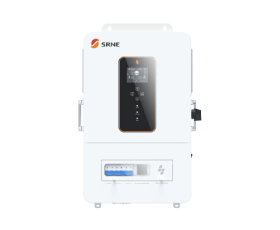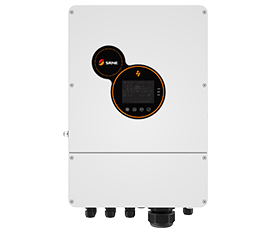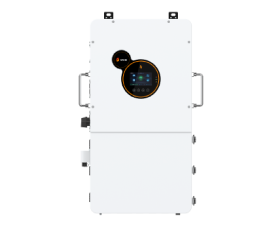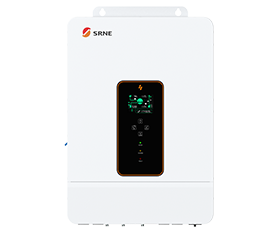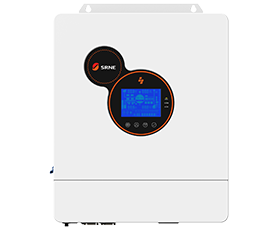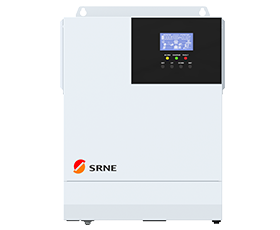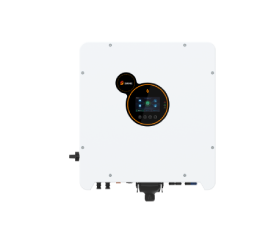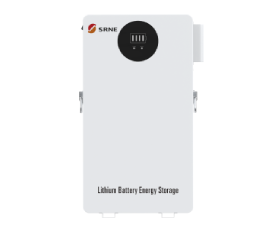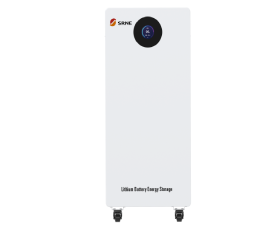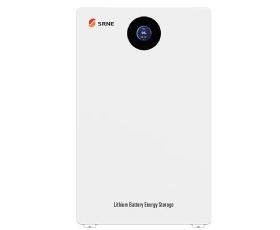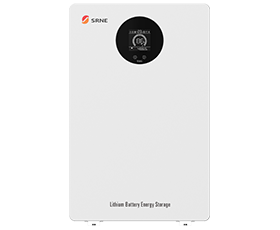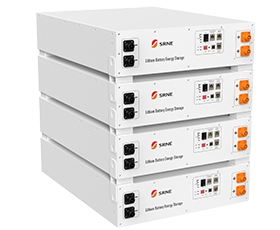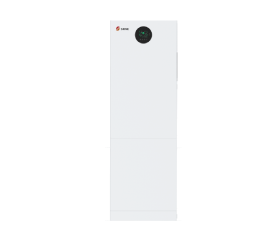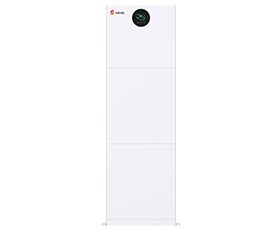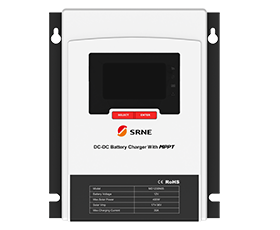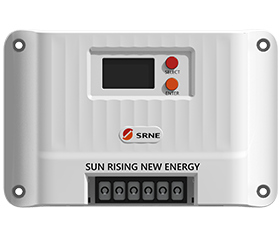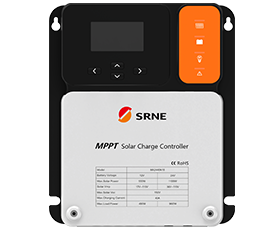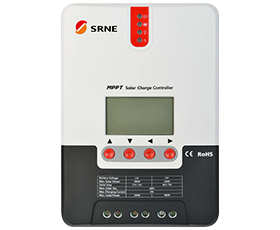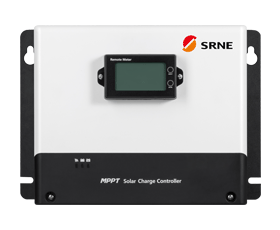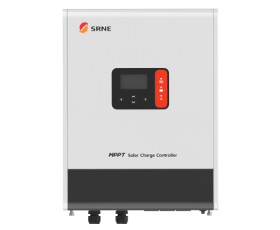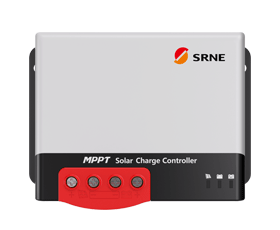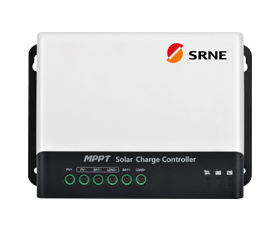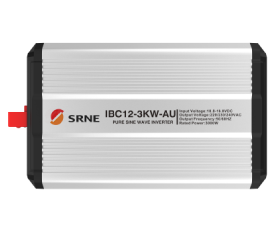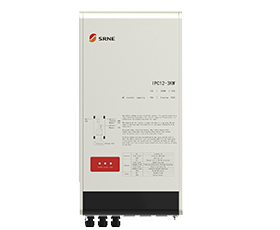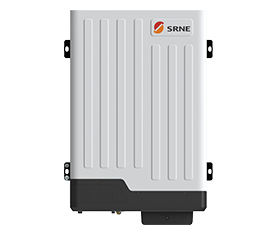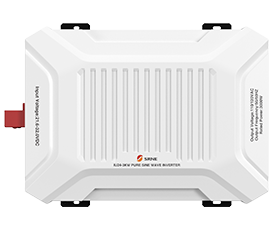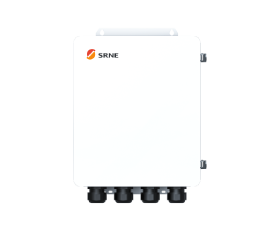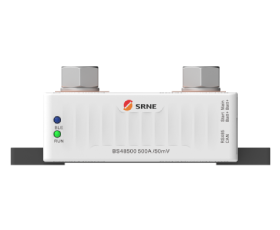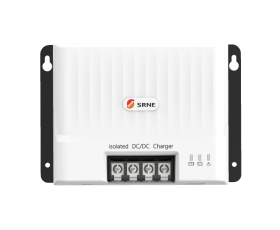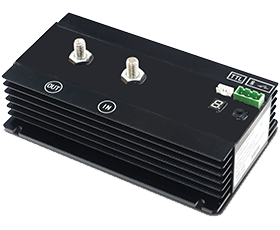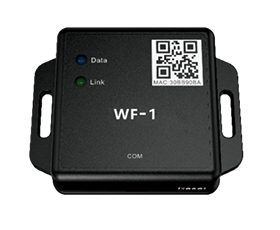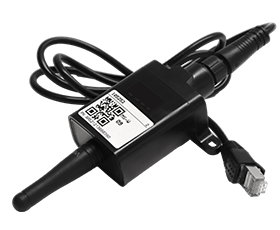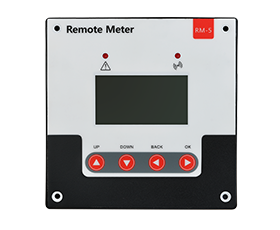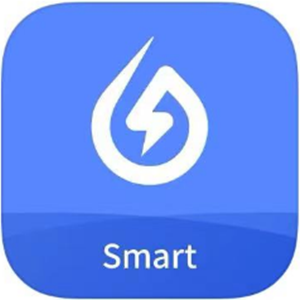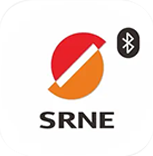Best Hybrid Inverters in 2025: Top Choices for Smart Solar Systems
Combining the capabilities of traditional solar inverters with advanced energy storage management, hybrid inverters offer a smarter, more flexible solution for residential and commercial users alike. In this guide, we’ll explore the top hybrid inverter models of the year and provide expert advice on how to select the best one for your unique solar setup.
1.What Is a Hybrid Inverter?
A hybrid inverter is an advanced power conversion device used in solar energy systems that manages both solar panel input and battery storage. While traditional inverters only convert solar energy into usable AC power, hybrid inverters go a step further—it can also control energy flow to and from a connected battery.
As a result, it enables the inverter for solar system to store excess solar energy for later use, provide backup power during outages, and even regulate how energy is exported to or drawn from the grid. In essence, it combines the functions of a solar inverter and a battery inverter into one intelligent, unified unit. Thanks to this versatility, hybrid inverters are ideal for modern energy systems that demand flexibility, high efficiency, and greater energy independence.
Learn more:
2.Top 5 Hybrid Inverters of 2025
Brand & Model | Key Features | Strengths | Target Markets |
Huawei SUN2000 | Smart MPPT, built-in battery controller, WiFi app | High efficiency, sleek design | Europe, Asia, Africa |
Growatt MOD 10KTL3-XH | Dual battery ports, scalable storage, remote monitoring | High reliability, flexible integration | Global (esp. emerging markets) |
SRNE HEBP/HESP H3 Series | 2 efficient,independent MPPT ports | Advanced MPPT technologty with up to 99.9% efficiency | Global |
SMA Sunny Boy Storage 5.0 | German quality, flexible battery input, auto switchover | Exceptional stability and off-grid performance | Europe, Australia |
Victron MultiPlus-II | True off-grid use, modular battery-first design | Ideal for remote/off-grid areas | Remote regions, marine, RV systems |
Learn more:
https://www.srnesolar.com/articledetail/the-ultimate-guide-to-solar-hybrid-inverters.html
2.1Huawei SUN2000 Hybrid Inverter
The Huawei SUN2000 series is a flagship MPPT hybrid inverter known for combining modern design with powerful technology. It supports smart MPPT tracking, enabling precise solar input optimization even under changing weather conditions. The built-in battery controller simplifies installation and reduces additional component needs. With built-in WiFi and mobile app control, users can easily monitor energy flow and system status.
Pros:
High efficiency (up to 98%)
Integrated battery and PV control
Seamless connectivity via FusionSolar app
Great for residential solar + storage setups
Best for: Homeowners seeking reliable and elegant solar-battery integration across Europe, Asia, and Africa.
2.2Growatt MOD 10KTL3-XH
Growatt's MOD series is one of the most scalable solar power inverter platforms. The 10KTL3-XH model supports dual battery inputs, making it ideal for users looking to expand storage over time. Its cloud-based ShineServer platform provides easy remote monitoring. Known for affordability and durability, Growatt is widely adopted in developing solar markets.
Pros:
Affordable price point
Dual battery scalability
Compatible with multiple storage types
Remote monitoring and firmware updates
Best for: Households or small businesses in emerging markets that need room to grow their system.
2.3 SRNE HEBP/HESP H3 Series
SRNEis a well-established brand in the solar industry, specializing in high-performance solar power inverters. The HEBP and HESP H3 Series are standout models, featuring advanced dual MPPT technology with tracking efficiency of up to 99.9%. These inverters support a PV input voltage of up to 1000V, making them ideal for high-power residential and commercial systems. Additionally, they deliver pure sine wave AC output, ensuring stable and clean energy supply. Thanks to their user-friendly design and simplified installation process, they are suitable for households with large energy demands.
Pro:
Ultra-high MPPT efficiency (up to 99.9%)
Supports up to 1000V PV input
Pure sine wave AC output for stable power delivery
Easy installation and intuitive user interface
Compatible with three-phase systems
Best for: Families or small businesses that require high power output, long-term reliability, and efficient energy management in hybrid solar systems.
2.4SMA Sunny Boy Storage 5.0
SMA is a renowned German brand known for quality and durability. The Sunny Boy Storage 5.0 is tailored for users who require dependable backup power. It features flexible battery connectivity (multiple battery types), intelligent switching to off-grid mode during outages, and integration with SMA's energy monitoring systems.
Pro:
German engineering and longevity
Great off-grid and backup capabilities
Compatible with leading battery brands
Reliable after-sales support
Best for: Homes and installations in regions with grid instability, especially in Europe and Australia.
2.5 Victron MultiPlus-II Hybrid Inverter
The MultiPlus-II from Victron Energy is the go-to solution for off-grid and remote-area solar systems. It’s designed with modularity in mind, allowing parallel stacking for high power setups. Its battery-first logic ensures that storage is prioritized, making it ideal for RVs, boats, or rural properties. The Victron VRM platform also enables full system monitoring from anywhere.
Pro:
True off-grid and backup solution
Modular and stackable
Works with generators and AC input
Remote monitoring via Victron VRM
Best for: Remote users, mobile energy systems, or independent solar projects with high autonomy requirements.
Learn more:
https://www.srnesolar.com/articledetail/top-10-solar-hybrid-inverter-manufactures.html
3.How to Choose the Right Hybrid Inverter for Your Needs
Choosing the right MPPT hybrid inverter in 2025 goes beyond selecting a reputable brand—it involves a thoughtful comparison between your current and future energy goals and the technical capabilities of the inverter. To help you make an informed decision, consider the following core factors:
3.1System Size and Energy Usage
First and foremost, evaluate your average daily energy consumption and peak load requirements. Your inverter for solar system should be appropriately sized to handle the capacity of your solar panel array and household or business energy needs. For instance, smaller homes may function efficiently with a 3–5 kW system, while larger properties or small businesses might benefit from a 10 kW inverter or higher. Additionally, consider future energy demands, including appliance upgrades or seasonal usage fluctuations, to avoid early system limitations.
3.2Grid Reliability and Backup Needs
Another important factor is your local grid condition. In areas where the grid is unstable or prone to blackouts, it is critical to choose an solar power inverter with robust backup power capabilities. Look for features such as automatic switch-over during outages, support for island mode operation, and integration with large battery banks. On the other hand, if you reside in a region with consistent grid access, a simpler hybrid system without extensive backup may suffice and save on upfront costs.
3.3Budget and Long-Term Value
While cost is often a starting point, it should be balanced against long-term performance and reliability. Budget solar inverters can be tempting, but investing slightly more in a well-built, efficient system can yield better energy returns over time. Consider inverters with strong warranties, low maintenance needs, and proven energy-saving performance. These factors contribute to greater savings and reduced system downtime in the long run.
3.4Future Expansion and Smart Integration
Finally, think about the flexibility of your system. If you're planning to expand your solar setup, add battery storage, or integrate EV chargers and smart home devices, ensure your inverter can accommodate these changes. Features like modular scalability, remote monitoring, and compatibility with smart energy protocols (such as Wi-Fi, Modbus, or Zigbee) are increasingly valuable in 2025’s energy-smart households.
By taking these factors into account, you can confidently select a hybrid inverter that not only meets your current requirements but also evolves alongside your energy goals in the years ahead.
Learn more:
Conclusion:
Hybrid inverters are no longer a luxury—they are a smart, future-ready investment for anyone serious about solar energy. Whether you're building a new solar system or upgrading an existing one, choosing the right hybrid inverter can dramatically improve efficiency, resilience, and control.




















